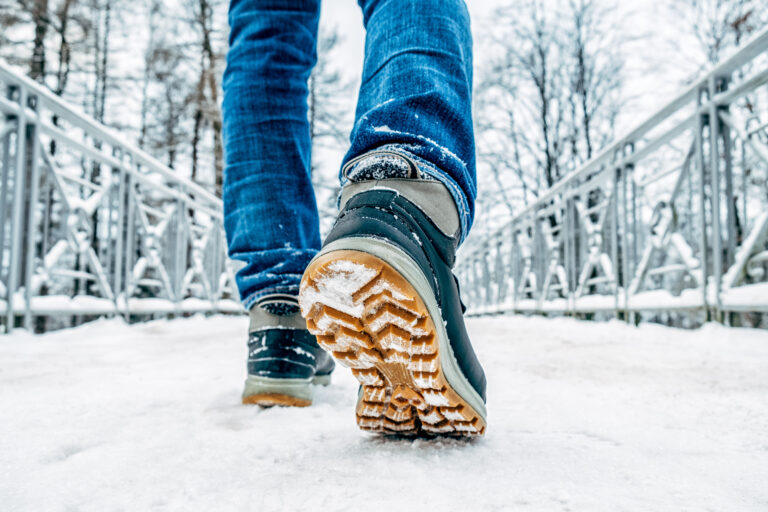Flooded Roads Are More Dangerous Than They Look
When heavy rain hits and streets begin to flood, it might seem tempting—or even necessary—to try to drive through standing water. But doing so can be a deadly mistake. What looks like a few harmless inches of water could hide powerful currents, submerged hazards, or roadway collapses. Even larger vehicles like SUVs and trucks are vulnerable when water starts to rise.
Flooded roads are deceptively dangerous because the true depth and strength of the water are often impossible to judge from behind the wheel. A seemingly shallow stretch of water can sweep a car away in seconds or cause it to stall, trapping you inside with little chance to escape. It’s one of the leading causes of flood-related deaths year after year, and it’s almost always preventable.
It Doesn’t Take Much Water to Stall or Sweep Away a Car
One of the most alarming facts about driving through floodwaters is how little water it takes to cause serious trouble. As little as six inches of water can reach the bottom of most passenger vehicles, leading to a loss of control or stalling. At a foot of water, many vehicles—especially smaller ones—can be swept off the road. At two feet, even large trucks and SUVs can be carried away by the current.
It’s not just about getting stuck. Fast-moving water can flip a vehicle over or trap passengers inside, turning a routine drive into a life-threatening emergency. Emergency responders often have to risk their own lives to rescue drivers who thought they could make it across.
The Road Beneath May No Longer Exist
Another hidden danger of flooded roads is that the pavement underneath may be severely damaged or completely washed away. Water can erode the road surface and create deep sinkholes or cracks that are invisible from the driver’s seat. Even if the water looks shallow, driving over a compromised roadway can cause a vehicle to tip, fall, or sink without warning.
You won’t know if the road is intact until it’s too late—another reason why experts strongly advise turning around at the first sign of flooding.
Your Vehicle Can Become a Death Trap
If a vehicle stalls in rising floodwater, it can become a trap in a matter of seconds. Water pressure against the doors can make them impossible to open. Windows may short out, making it difficult to escape, especially if the electrical system is compromised. In fast-moving water, a trapped vehicle can flip, fill with water, or be carried into deeper, more dangerous areas.
Even if you manage to exit the vehicle, trying to walk through moving floodwaters carries its own risks. Swift currents can knock an adult off their feet in as little as six inches of water. Debris hidden beneath the surface can cause injuries or entanglement, making it extremely difficult to reach safety.
Turn Around, Don’t Drown
The best way to protect yourself during heavy rain and flooding is simple: Turn around, don’t drown. If you encounter a flooded road, find an alternate route. It’s not worth gambling your life—or the lives of your passengers—on the unknown.
If you’re driving and heavy rain is falling, stay alert for signs of flooding, avoid low-lying roads, and always heed road closure signs and barricades. Flooded roads are closed for a reason, and ignoring warnings puts you and emergency responders in danger.
Remember, no trip is so urgent that it’s worth risking your life. When you see water on the road, the safest choice is always to turn around and find another way.


